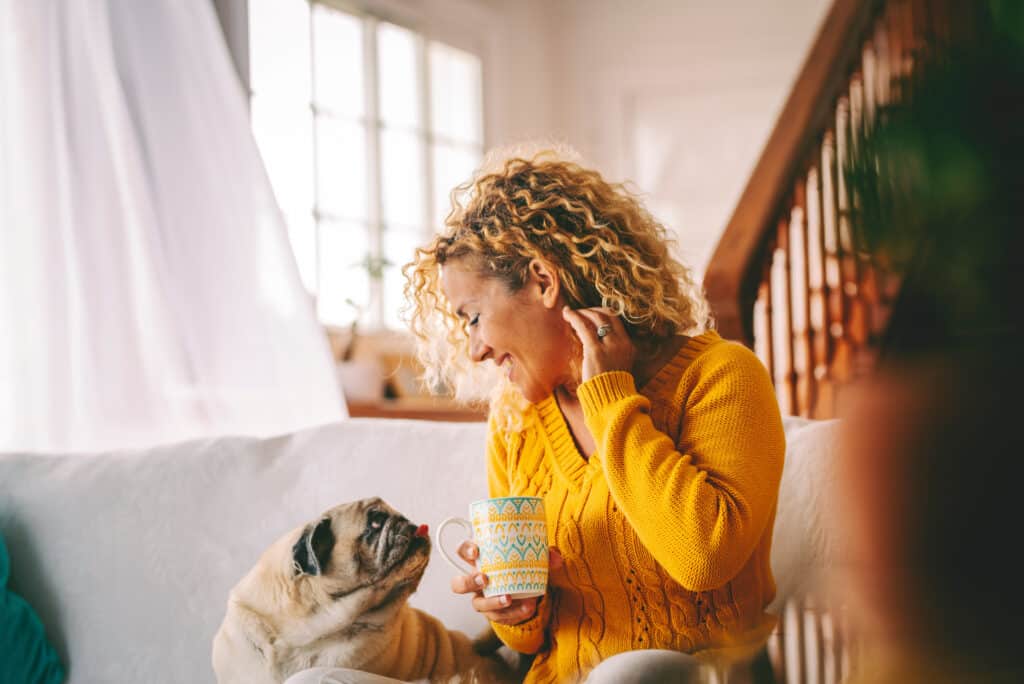Everyone deals with stress. But when stress snowballs into anxiety and even panic attacks, it can be overwhelming. If you have panic attacks—episodes of intense anxiety with physical symptoms like sweating, chills, trembling, or a racing heart—they can take over your life.
Even if the attacks only happen sometimes, the fear of another one can be a cloud over everything you do. Here are some ways to regain control—and get your life back.
Lean into your relationships. It can be tempting to hide mental health symptoms. But know that anxiety, panic attacks, and PTSD are more common than you may think. And it can help to talk about it. It can be key to protecting your whole health, both mental and physical.
Don’t want to talk about your issues? Just spending time with others helps build social ties. Spend time doing things you both enjoy. Be a listening ear. Building trust is a two-way street.
Move your body. Add this to the many reasons to exercise: As little as a single session of physical activity may help relieve anxiety. And over time, people with anxiety disorders who get more exercise seem to have fewer symptoms.
There’s no right way to do it. The best type of physical activity is one you enjoy, whether it’s walking, running, dancing, or doing yard work. For some people with panic attacks, breathing hard can feel like the onset of an attack. If this is true for you, start slow with activities that feel safe. Focus on the habit of moving, whatever the intensity.
Practice mindfulness. Intentional relaxation and breathing can help ease stress and anxiety. There are many ways to do it: yoga, meditation, or just taking time to sit and breathe. Simply slowing down can make a difference in your stress level and your mood.
Sometimes, slowing down is easier said than done. If you’ve spent years practicing unhealthy breathing patterns, it’s hard to know how to change. That’s why Freespira’s unique combo of breathing exercises plus real-time feedback is key. “I used to think that I had no control over my breathing at all,” one Freespira patient said. “This has taught me I do—and it makes all the difference.”
What patients love about Freespira:
- It only takes one month. Treatment takes only 17 minutes twice daily for 28 days. Its effects are long-lasting.
- It works when other treatments haven’t. Nearly 9 in 10 Freespira patients have symptom relief by the end of the treatment. Relief is long-lasting, too.
- It fits your life. No need to take time off for appointments. Freespira is done at home on your schedule.
See if Freespira is right for you.




